Advancements in Genetic Testing
Advancements in genetic testing technologies are significantly influencing the Hemoglobinopathies Market. The ability to conduct comprehensive genetic screenings allows for early diagnosis and personalized treatment plans, which are crucial for managing hemoglobinopathies. The market for genetic testing is projected to grow, with estimates suggesting a compound annual growth rate of over 10% in the coming years. This growth is driven by the increasing adoption of precision medicine and the need for tailored therapies. As healthcare providers recognize the importance of genetic insights in treatment decisions, the demand for genetic testing services is expected to rise, thereby enhancing the Hemoglobinopathies Market.
Government Initiatives and Funding
Government initiatives aimed at combating hemoglobinopathies are playing a pivotal role in shaping the Hemoglobinopathies Market. Various countries have implemented national programs to improve screening, diagnosis, and treatment of these disorders. For instance, funding for research and public health initiatives has increased, with some governments allocating millions to support innovative therapies and patient care. These initiatives not only enhance awareness but also facilitate access to necessary treatments, thereby driving market growth. The commitment of governments to address the challenges posed by hemoglobinopathies indicates a supportive environment for the Hemoglobinopathies Market.
Growing Demand for Novel Therapies
The growing demand for novel therapies in the treatment of hemoglobinopathies is a significant driver of the Hemoglobinopathies Market. Recent advancements in drug development have led to the introduction of innovative therapies, including gene therapies and targeted treatments. The market for these novel therapies is expected to expand, with projections indicating a substantial increase in revenue over the next few years. As patients and healthcare providers seek more effective and less invasive treatment options, the interest in these therapies is likely to rise. This trend underscores the dynamic nature of the Hemoglobinopathies Market, as it adapts to meet evolving patient needs.
Rising Prevalence of Hemoglobinopathies
The increasing prevalence of hemoglobinopathies, such as sickle cell disease and thalassemia, is a primary driver of the Hemoglobinopathies Market. It is estimated that millions of individuals are affected by these disorders worldwide, with sickle cell disease alone impacting approximately 300,000 births annually. This rising incidence necessitates enhanced healthcare services and treatment options, thereby propelling market growth. Furthermore, the burden of these diseases on healthcare systems is substantial, leading to increased investments in research and development. As awareness of these conditions grows, the demand for effective therapies and management strategies is likely to escalate, further stimulating the Hemoglobinopathies Market.
Increased Collaboration Among Stakeholders
Increased collaboration among stakeholders, including pharmaceutical companies, research institutions, and patient advocacy groups, is fostering growth in the Hemoglobinopathies Market. Collaborative efforts are essential for advancing research, developing new therapies, and improving patient outcomes. Partnerships between industry and academia are becoming more common, leading to innovative solutions and shared resources. This collaborative environment not only accelerates the pace of research but also enhances the distribution of knowledge and best practices. As stakeholders unite to address the challenges of hemoglobinopathies, the Hemoglobinopathies Market is likely to benefit from enhanced innovation and improved treatment options.
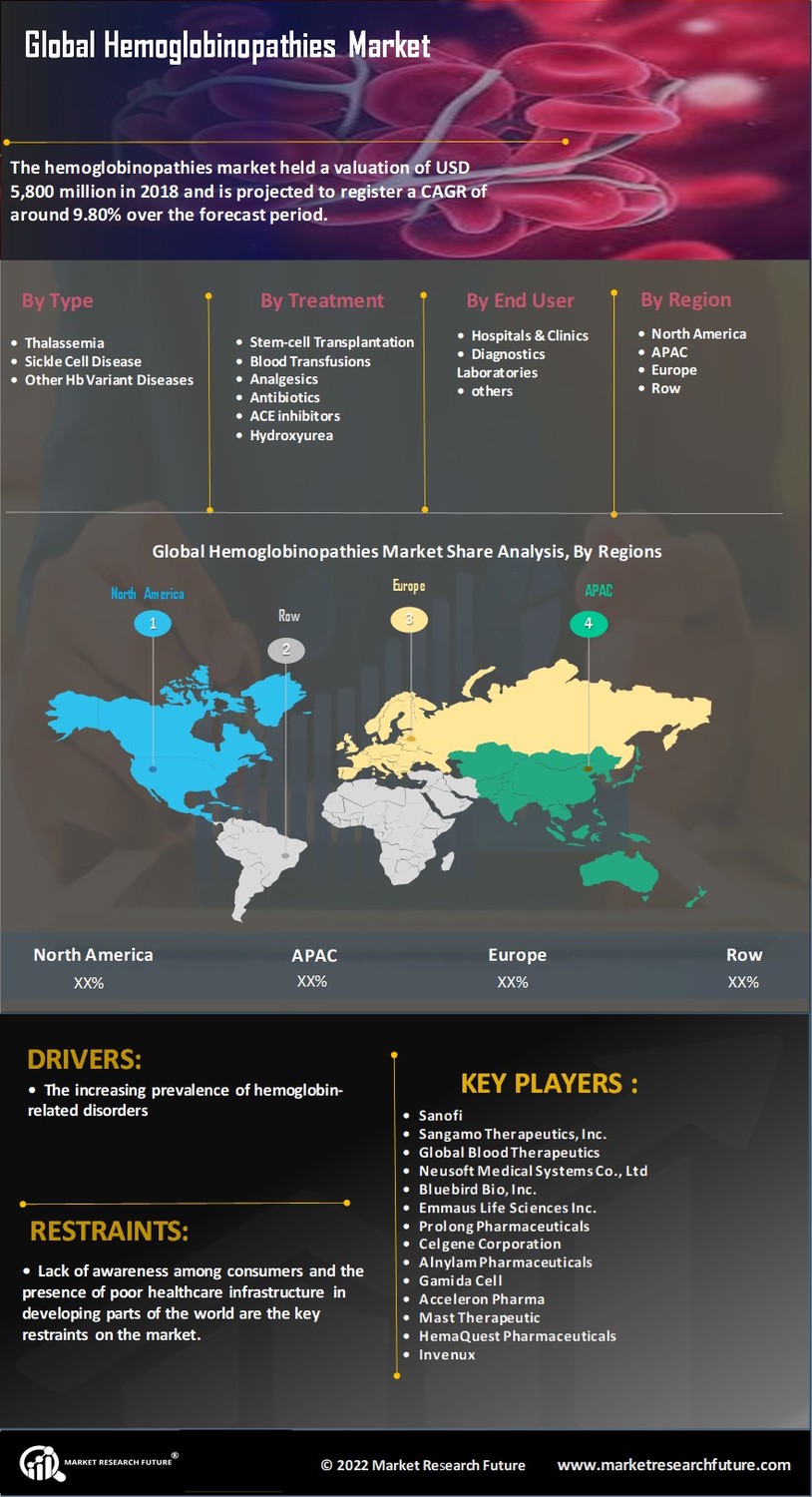

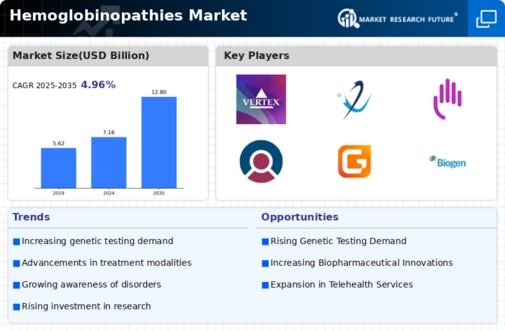

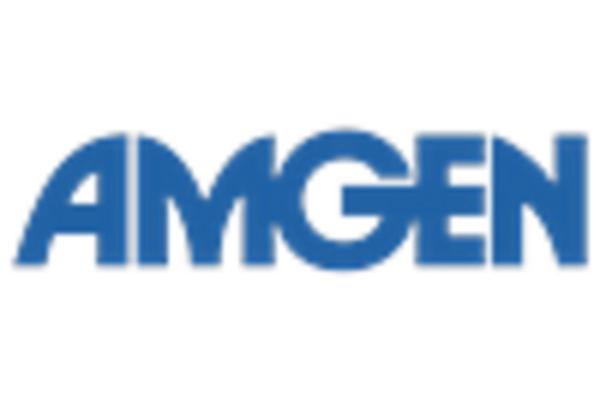
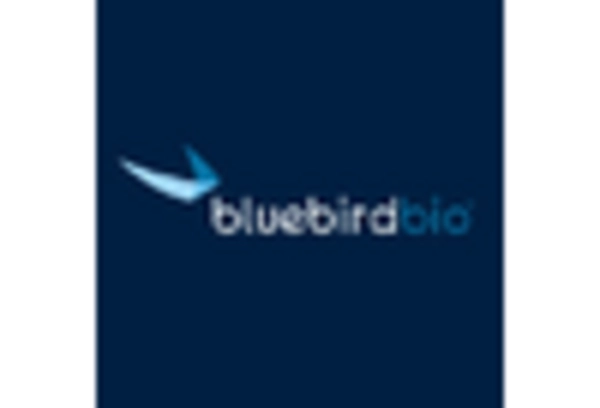
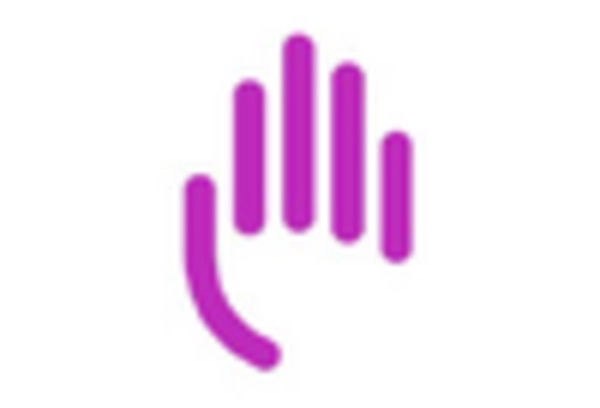
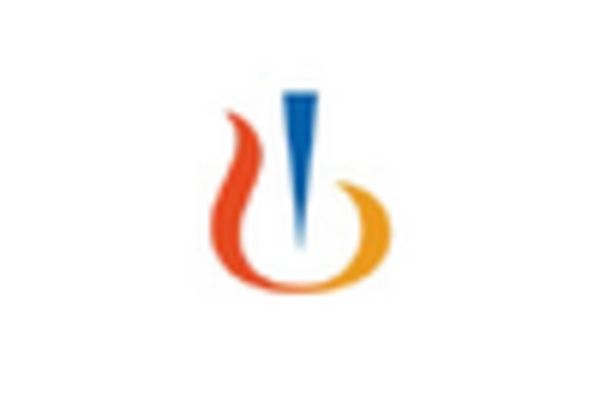

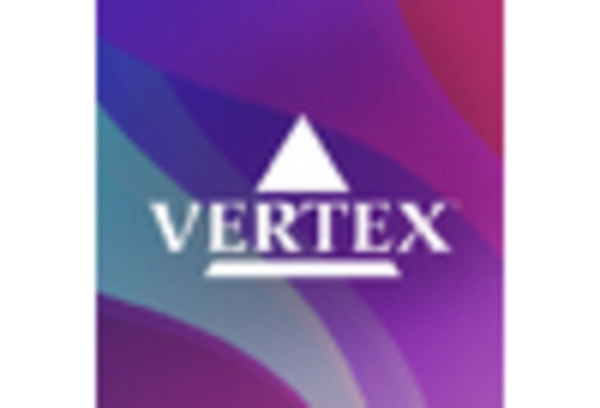








Leave a Comment